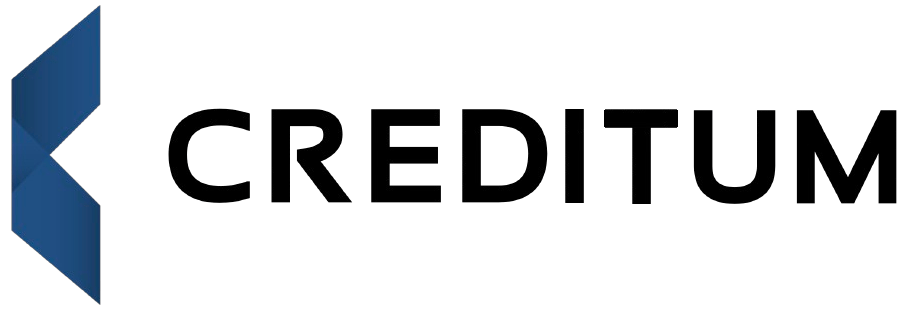R1,000 Loan
- No impact on your credit score when
you compare - Get offers in seconds
- Loan offers are non-binding

Small loans in South Africa, like a R1,000 Loan, offer quick financial relief in urgent situations. Designed to cover unexpected expenses, these loans typically have shorter repayment terms and can be accessed swiftly. Many South Africans find these loans helpful for managing their cash flow between paydays. By understanding the terms and fees associated with small loans, borrowers can make informed decisions that keep their finances on track.
The benefits of R1,000 loans
For many in South Africa, access to a R1,000 loan provides a cushion during unexpected events. It’s a manageable amount that can cover essential expenses without drowning in debt. With this loan, families can easily handle minor emergencies like medical needs or urgent repairs without disrupting their daily budgets.
Choosing a R1,000 loan also means quicker approval processes. Since the loan amount is small, lenders often streamline the application, making funds available much faster. This speed is crucial when time-sensitive situations arise. Whether for a short-term gap or an urgent purchase, these loans offer a practical solution without long-term financial commitments.
How to apply for a R1,000 loan
Applying for a R1,000 loan is straightforward if you follow the right steps. Start by researching and comparing various online loan providers in South Africa. Focus on those offering terms that fit your needs and who prioritise a swift process. Once you’ve identified a suitable provider, prepare your necessary documentation. Typically, you’ll need a valid ID, proof of income, and bank statements. Be sure these documents reflect accurate and current details to avoid any delays or issues.
- Research and compare online loan providers.
- Gather necessary documentation: ID, proof of income, bank statements.
- Ensure all information is up-to-date and accurate.
After preparing your documents, proceed with the online application. Fill out the form carefully, ensuring all details match your documents. Once submitted, some providers can process your request swiftly, often within a day. Keep an eye on your email for further instructions or confirmation of the loan approval.
Requirements for securing a R1,000 loan
Getting a R1,000 loan in South Africa can be straightforward if you meet a few basic criteria. Firstly, it’s essential to show that you have a steady source of income, as lenders need confidence in your ability to repay the loan. Typically, you should be employed or have a regular, proven income stream.
Moreover, having an active South African bank account is crucial. Most lenders require this to facilitate both the disbursement of the loan and its repayment. It’s also common to need a valid ID, proving you are at least 18 years old and a South African citizen or resident. By meeting these requirements, you increase your chances of successfully obtaining a R1,000 loan.
Understanding interest rates
Interest rates play a significant role in determining the overall cost of a loan. Simply put, the interest rate is the percentage of the loan amount that you, the borrower, will pay to the lender as a fee for borrowing money. When you’re considering a R1,000 loan in South Africa, understanding how these rates work can help you make informed financial decisions.
Interest rates can be either fixed or variable. Fixed rates remain the same throughout the loan term, providing stability and predictability. Variable rates, on the other hand, may fluctuate based on market conditions, which can lead to changes in your repayment amounts. It’s crucial to assess which type of rate suits your financial situation best. By comparing different loan offers and their interest rates, you can find the option that aligns with your needs and budget.
Comparing different loan options
When considering a loan, it’s essential to understand the various options available. In South Africa, different types of loans cater to unique financial needs. From quick cash loans to more structured personal financing, each comes with its own set of terms and benefits. Knowing these differences helps in selecting the right loan for your specific requirements.
- Personal Loans: These are typically larger amounts offered with flexible repayment terms. They’re ideal for planned expenses.
- Short-term Loans: Fast and easy, these small loans are perfect for urgent needs but usually come with higher interest rates.
- Secured Loans: Require collateral but often offer lower interest rates and higher amounts. They can be a good choice if you have assets to pledge.
- Unsecured Loans: Don’t need collateral and are based on creditworthiness, though they can have higher rates.
Each loan type serves a different purpose, and understanding their pros and cons can save you from financial distress.
Impact of credit scores on loan approval
Credit scores play a crucial role in determining if a loan application gets approved. For those seeking a R1,000 Loan, understanding the importance of credit scores can make a significant difference. Lenders often use credit scores to assess the risk of lending money. A higher score suggests that an applicant is more likely to repay the loan on time, enhancing the chances of approval. Conversely, a lower score might result in stricter loan terms or even rejection. In South Africa, this practice helps lenders manage risks and maintain financial stability. Though your credit score is a key factor, it’s not the sole consideration. Lenders may also look at your income, employment history, and existing debts to form a complete picture of your financial situation. Therefore, it’s essential to not only focus on improving your credit score but also to manage other financial aspects responsibly for a successful loan application. In brief, a well-maintained credit score in conjunction with a stable financial background can open the door to easier access to personal loans.
Tips for responsible borrowing
When considering a R1,000 loan, it’s crucial to assess your financial situation carefully. Start by looking at your monthly budget to ensure you have enough funds to cover future repayments without causing financial strain. It’s helpful to prioritize such loans for essential needs, to avoid unnecessary debt.
Another key aspect is to understand the terms and conditions associated with the loan. Pay attention to interest rates and any additional fees. This will help you calculate the total cost and avoid surprises. Lastly, always have a repayment plan. A structured approach can keep your finances in check and help maintain a good credit score.
